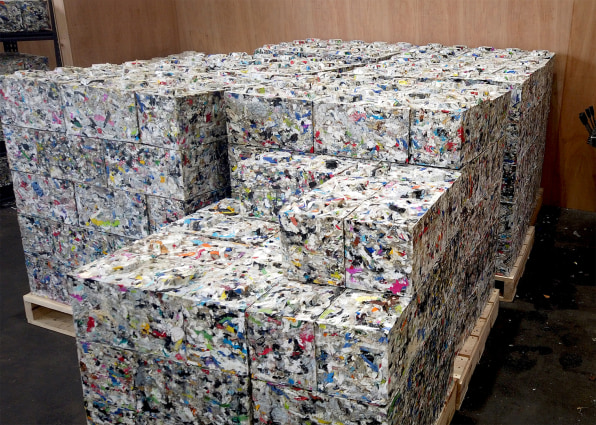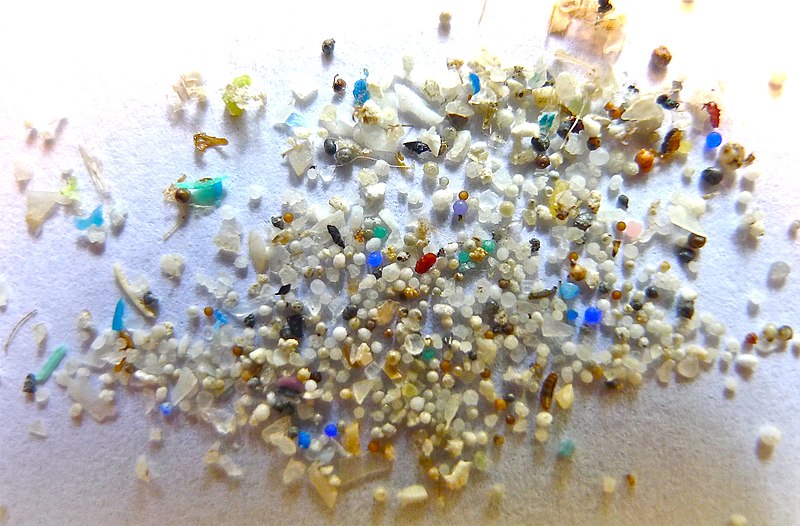MIT Engineers Develop Durable 3D-Printed Glass Bricks
MIT engineers have transformed construction by 3D-printing glass bricks as durable as concrete. With the help of a specialized 3D glass printing technology from MIT spinoff Evenline, the team has crafted durable, multilayered glass bricks with a figure-eight design. Moreover, these interlocking bricks, akin to LEGO pieces, allow for easy assembly and flexibility in construction.
The team at MIT’s Self-Assembly Lab has managed to create these glass bricks by using a unique sintering process. This technique involves heating the glass particles to a high temperature, causing them to fuse together without the need for any adhesives or binders. The resulting bricks are incredibly strong and resistant to cracking, making them ideal for use in construction projects.
Sustainable Strength: Glass Bricks from Recycled Materials
The team highlights glass’s optical qualities and its “endless recyclability” as key reasons for choosing this material. “As long as it’s not contaminated, you can recycle glass almost infinitely,” says mechanical engineering assistant professor Kaitlyn Becker.
Additionally, the team used the latest version of Evenline’s glass printer, the Glass 3D Printer 3 (G3DP3). This advanced printer works with a furnace that melts crushed glass bottles into molten glass. The molten glass is then precisely deposited in layered patterns to form bricks.
The team tested the 3D-printed glass bricks with a hydraulic press and found they could withstand pressure like concrete blocks. The bricks, primarily made of printed glass, featured a separate interlocking component, suggesting the core could be glass while the interlock could be made from other materials.
Michael Stern, founder and director of Evenline, said, “We’re thinking of stepping stones to buildings, and want to start with something like a pavilion — a temporary structure that humans can interact with, and that you could then reconfigure into a second design. And you could imagine that these blocks could go through a lot of lives.”






